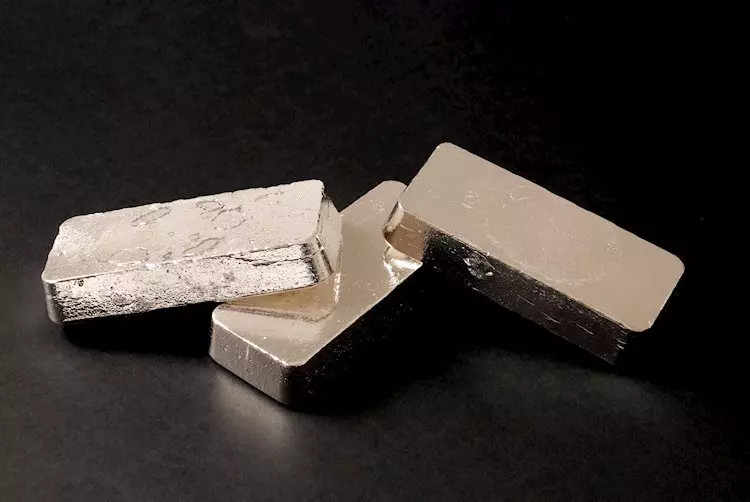The silver market has recently experienced notable volatility, with prices witnessing a marked decline of over 1.5% after achieving a two-month peak of $31.43. Currently trading around $30.66, this decline has raised concerns among investors and market analysts. The psychological threshold of $30.00 now looms large, and its implications on future price movements are significant. A dip below the current trading level could lead to further bearish momentum and a potential test of critical moving averages.
Price Action and Technical Analysis
The recent price action creates a cautious atmosphere for traders. A daily close beneath $30.66 would signify a breach of support, opening the door for a pullback towards the $30.00 mark. This particular price point is notable, not only for its psychological impact on market participants but also because it aligns with key technical indicators like the 100-day and 50-day moving averages (DMAs). These moving averages serve as critical support and resistance levels and can significantly influence trading behavior. Therefore, if these moving averages are broken, further price erosion could ensue.
In contrast, the current trading range also suggests a potential upside if silver maintains its position above $31.00. Remaining above this threshold could pave the way for a re-test of the recent high from September 20, which stands at $31.44. A recovery back to this point could signify renewed bullish sentiment, encouraging investors who view silver as a hedge against economic uncertainty.
Investor Sentiment and Market Influences
The interplay between bullish and bearish sentiments is evident in the silver market at this juncture. Investors are closely monitoring macroeconomic indicators, particularly those relating to inflation and currency valuations, that often drive precious metals like silver. Heightened inflation concerns may support higher silver prices as investors seek refuge in tangible assets. Conversely, a strengthening dollar could exert downward pressure on silver as its value typically moves inversely to that of the U.S. dollar.
Additionally, geopolitical factors and changes in industrial demand may also play a role in shaping silver’s trajectory. As industries that utilize silver in production scale up, demand might offset some of the pressure perceived from recent price corrections. Therefore, understanding these broader market dynamics is crucial for those looking to navigate the silver market effectively.
The current fluctuation in silver prices presents both risks and opportunities. Traders need to be vigilant, not just of immediate price movements, but also of broader economic signals that could influence market dynamics. While a breakdown below $30.66 could foster bearish sentiments, a sustained trade above $31.00 could reinvigorate bullish prospects. The precious metals market remains a complex interplay of various factors, and investor decisions will hinge upon informed analysis of these trends in the days ahead.

